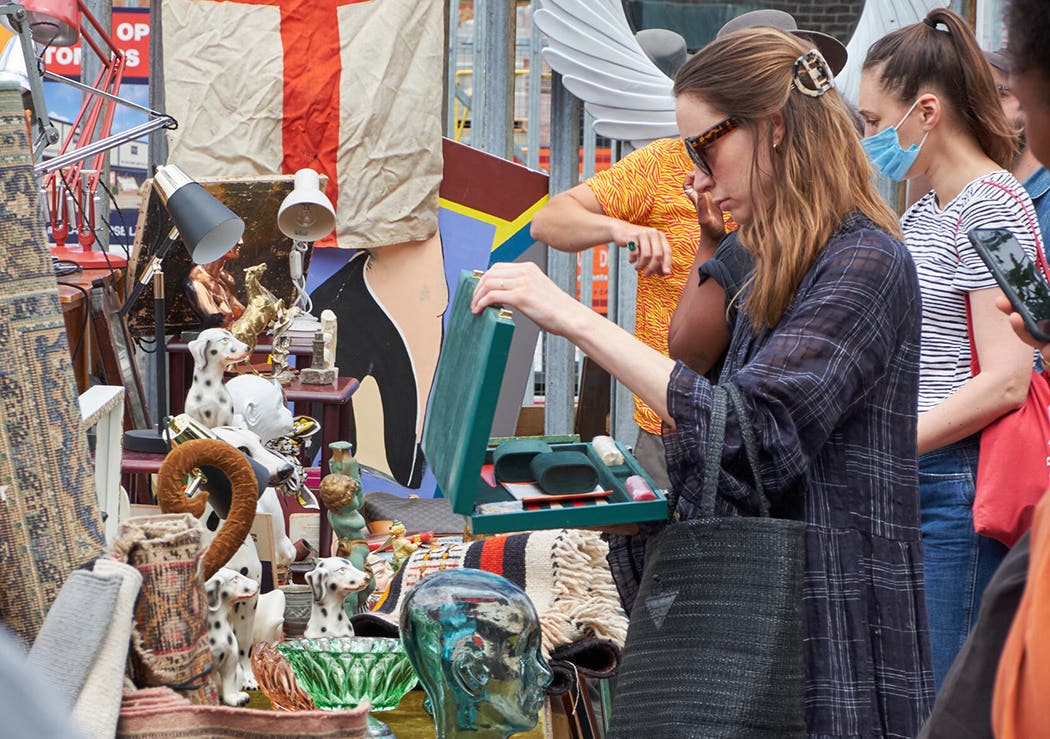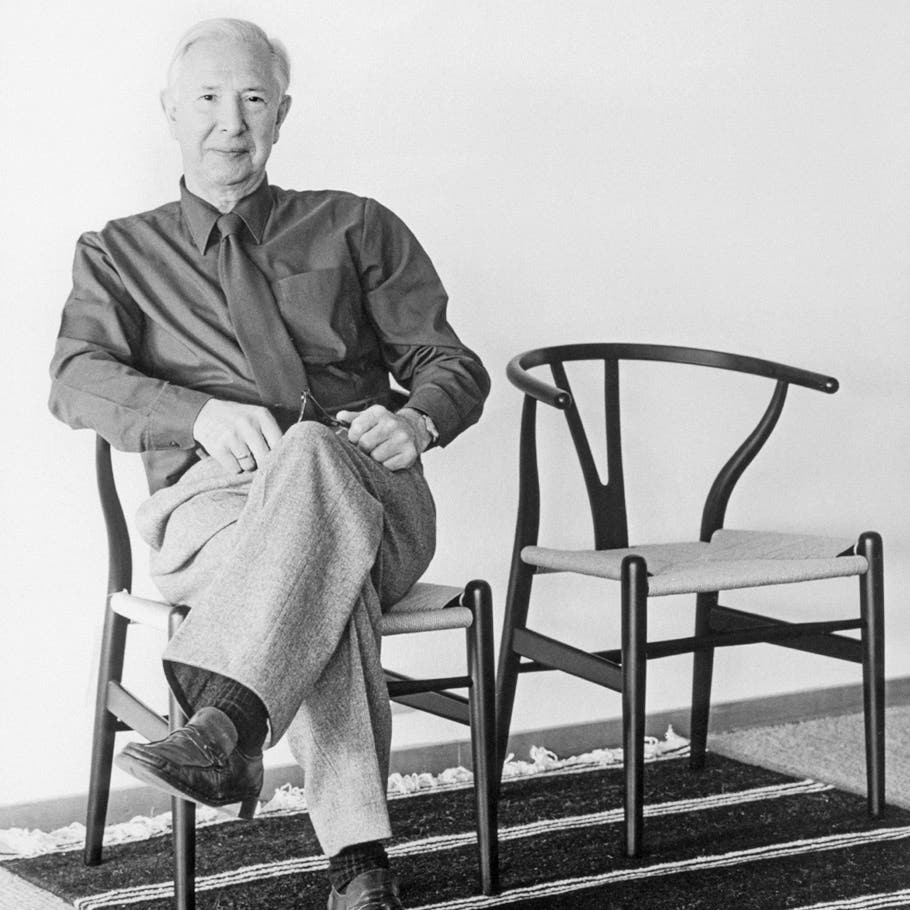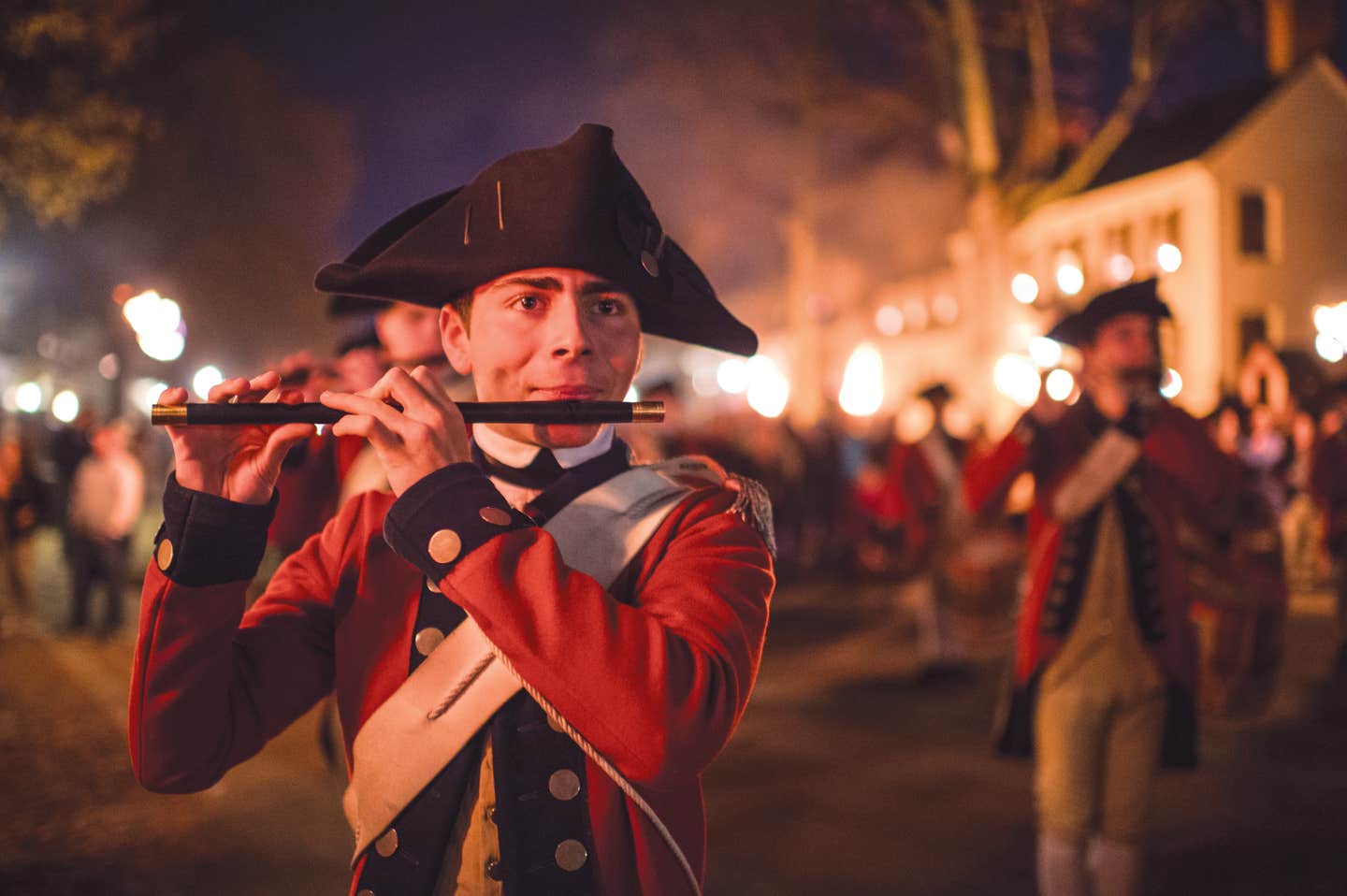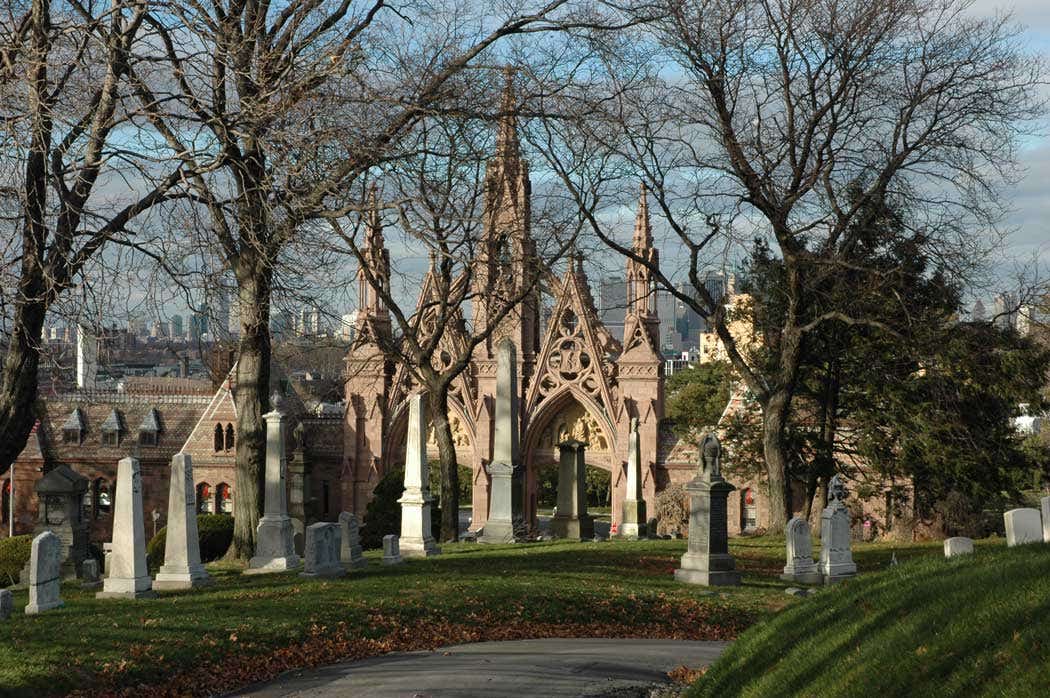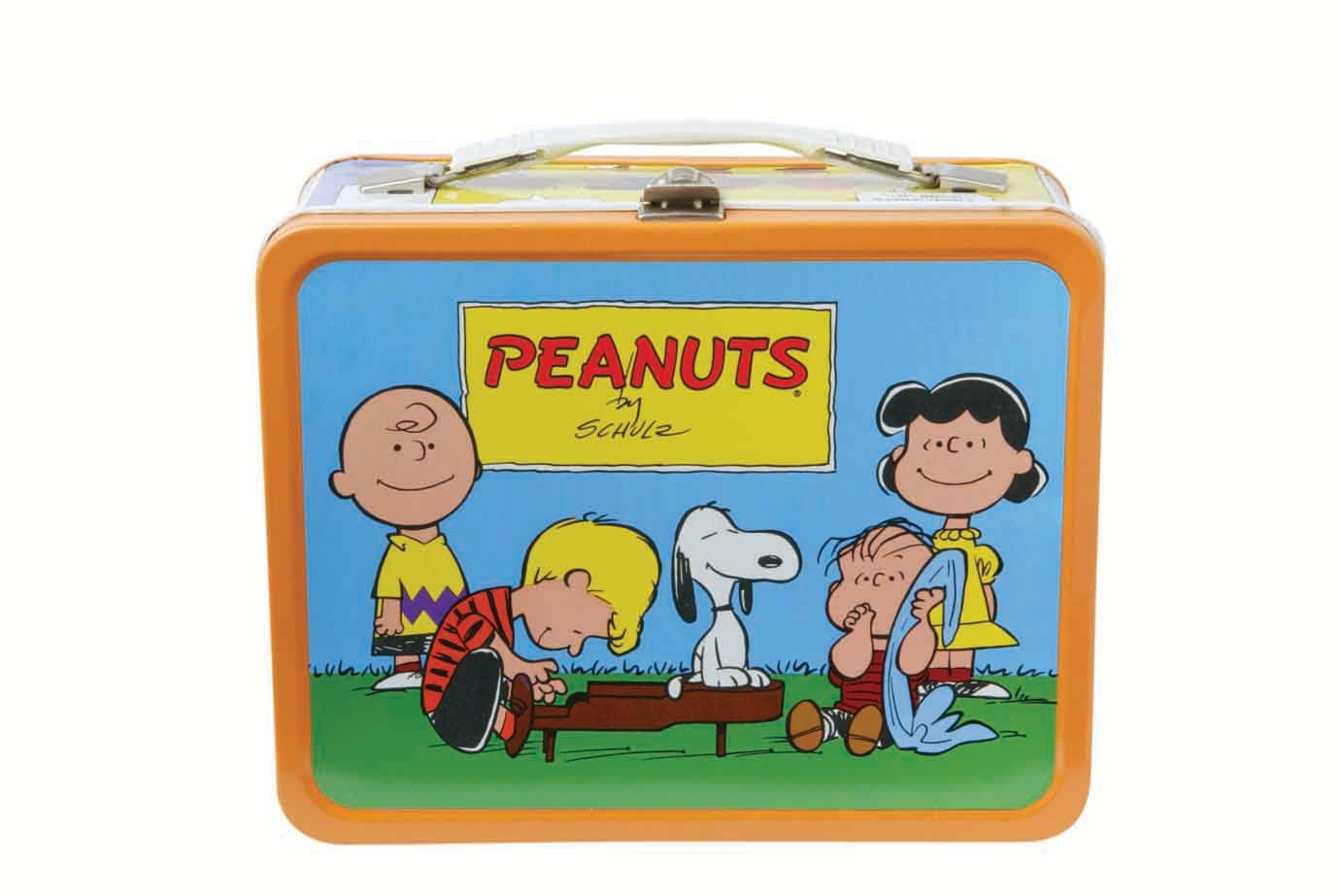Beauty’s Lasting Legacy
Makeup Museum in New York celebrates centuries of cosmetics.
Nearly every civilization dating from prehistoric to contemporary times has literally dabbled with the application of cosmetics. Body art and adornment are some of humanity’s earliest forms of self-expression.
The Makeup Museum in New York City, which first opened its door in September 2020, is paying tribute to the thousands of years of beauty through large-scale exhibits and events in its 3,500-square-foot space.
Executive Director Doreen Bloch, a member of the founding team who has worked with makeup conglomerates including L’Oréal and Shiseido, says her role is to ensure the growth and sustainability of the museum as a new cultural institution.
Antique Trader: Could you tell us how founding the Makeup Museum came about?
Doreen Bloch: The Makeup Museum’s founding team has decades of experience in the beauty industry. In 2018, the idea came about to create a public physical space focused on the history of beauty, as well as a permanent institution, which would create a non-branded and expansive collection to safeguard beauty history artifacts across cultures and time periods. Before the Makeup Museum opened, we were met with a fair amount of skepticism about whether a museum dedicated to the history of beauty would resonate with people — we now know that it absolutely does, as there have been thousands of visitors already to the Makeup Museum and enthusiasm from beauty lovers all over the world for the vision and mission of the Makeup Museum.
COVID-19 has been devastating for museums around the world, which is in turn a difficulty for preserving history and culture, and so, like many museum directors, one of the key roles that I have at this moment is to focus on the viability of the Makeup Museum to continue doing the important work that we do. Our team is 15 people on-site in New York City, with a supporting part-time staff in various operational positions around the world as well.
AT: What era(s) does the museum span?
DB: The oldest object in the Makeup Museum’s collection currently is a 5,000-year-old kohl jar from Ancient Egypt. The most recent hail from (2020’s) product launches. We have an expansive collection of 1950s artifacts, with our first exhibition, which is titled “Pink Jungle: 1950s Makeup in America.” It will run through the end of February. We will then stage another exhibition at the Makeup Museum, and hope to have “Pink Jungle” travel to other cities post-COVID crisis.
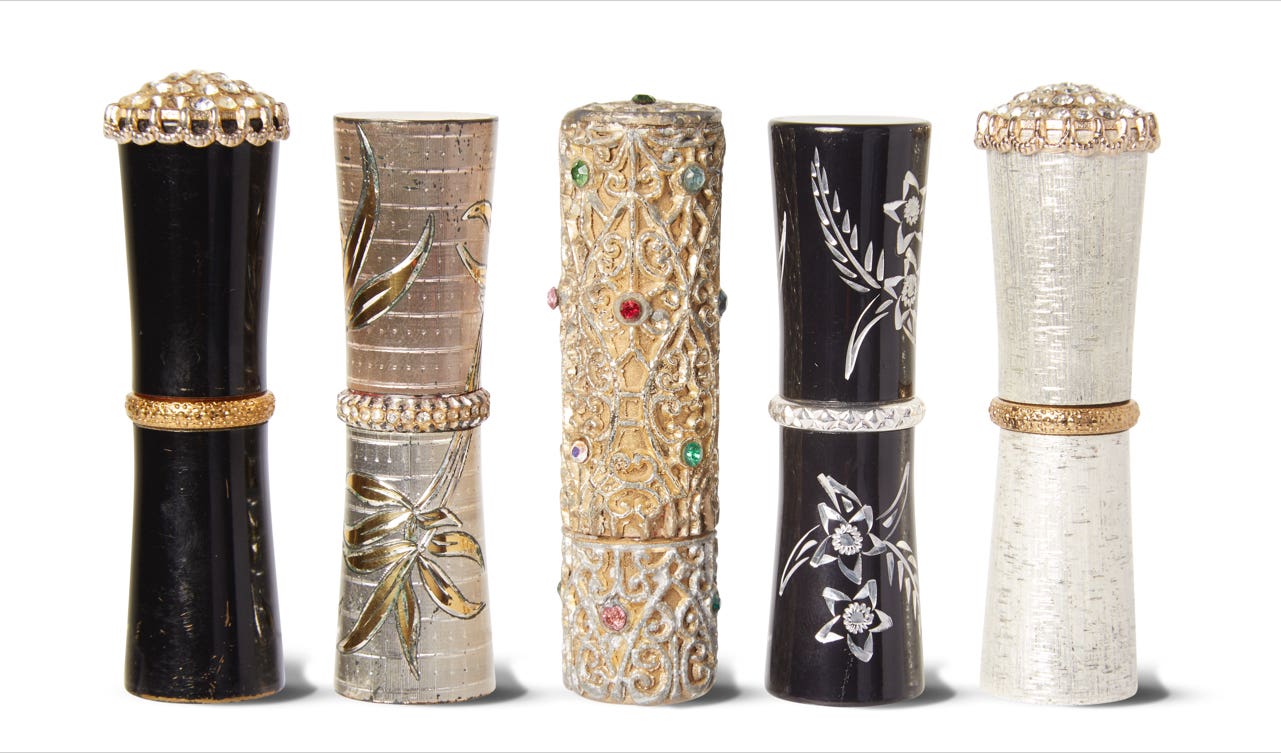
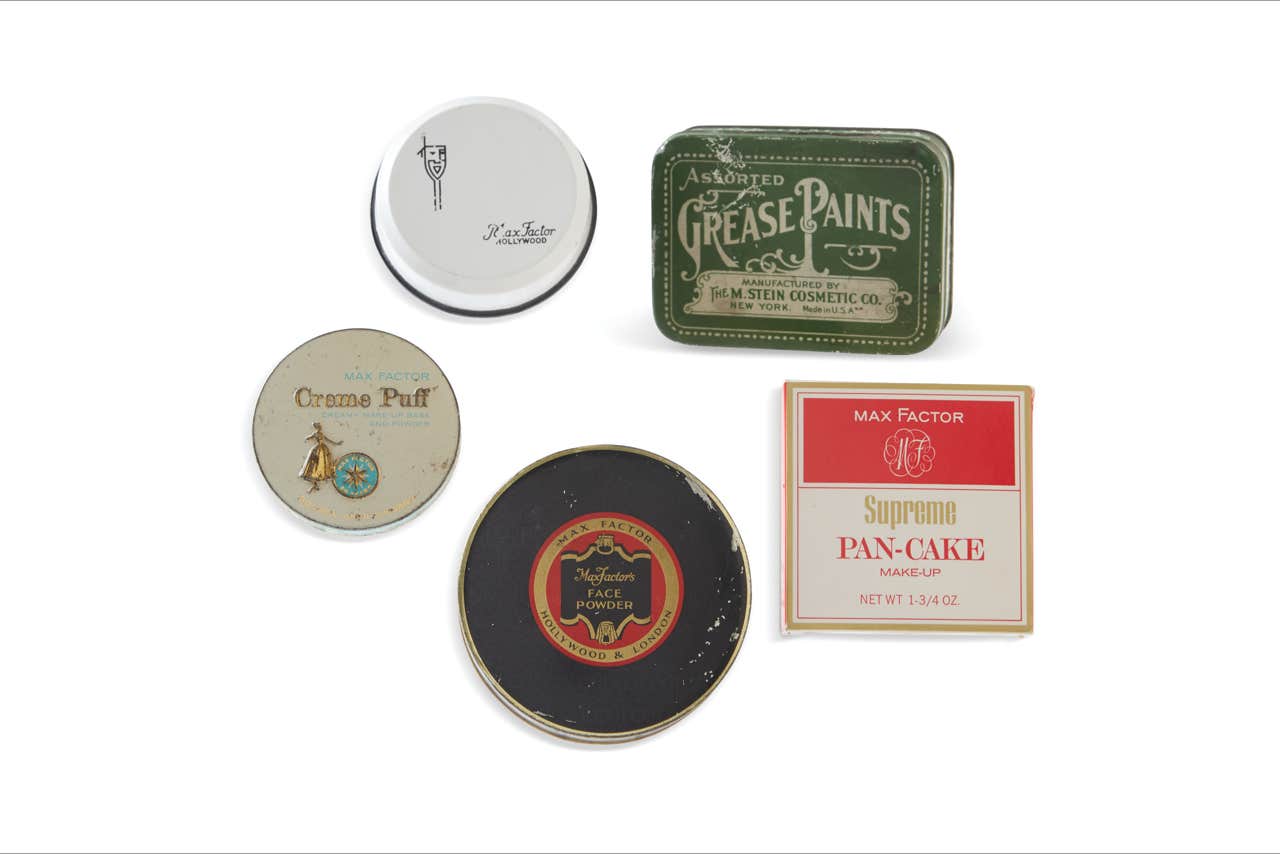
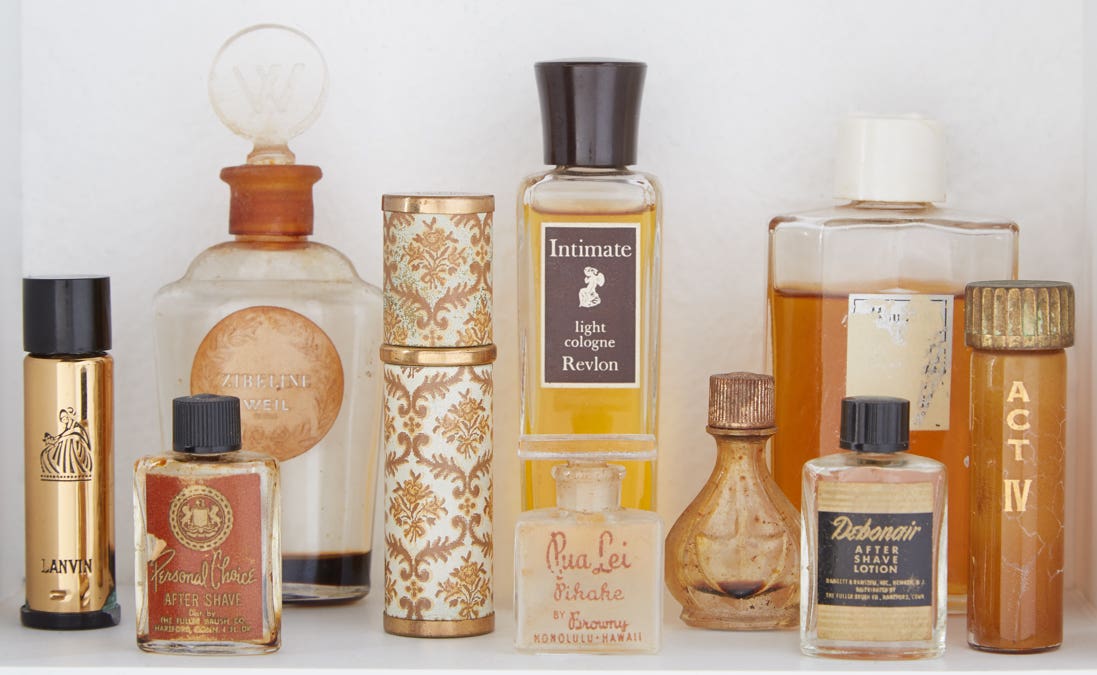
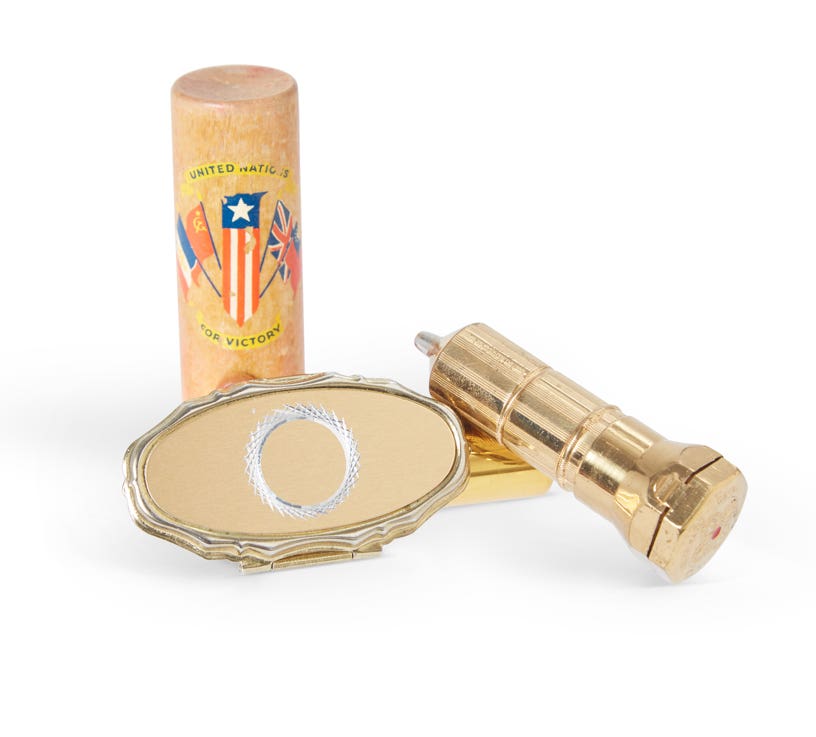

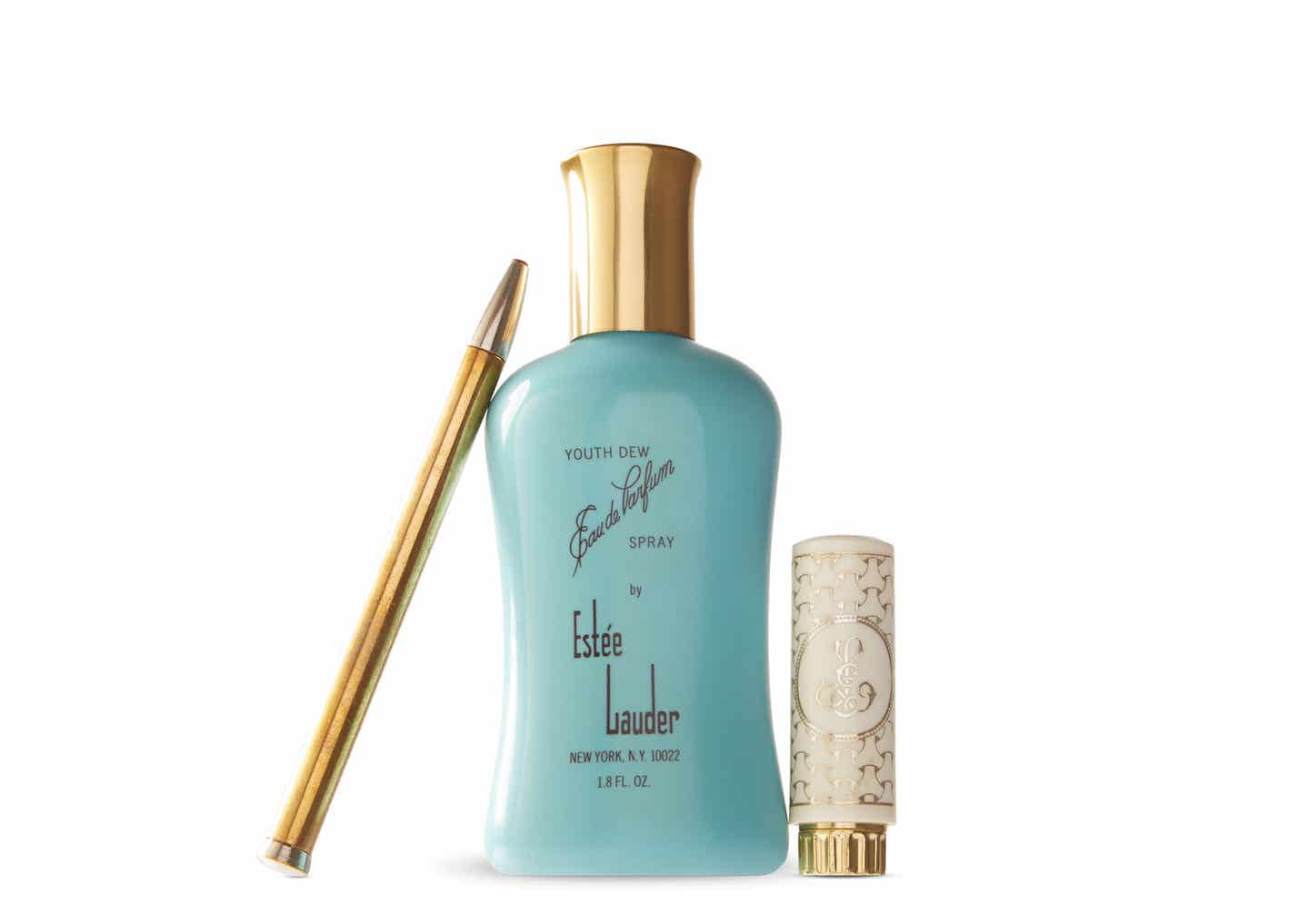
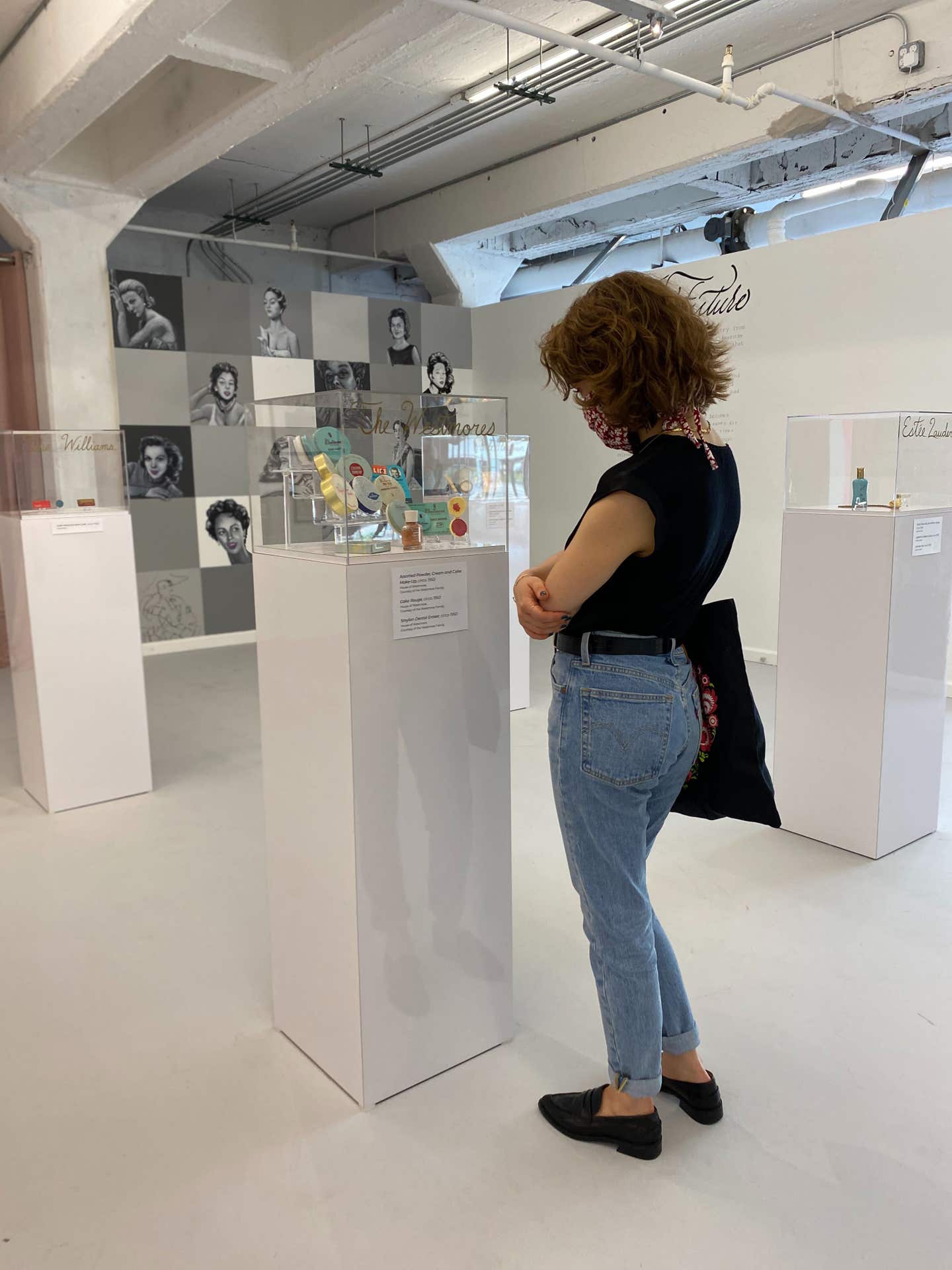
AT: What types of artifacts can one discover? How many artifacts does the museum house?
DB: The Makeup Museum has hundreds of artifacts in its permanent collection, and several special items, which are on loan from corporate archives. For example, the Makeup Museum’s “Pink Jungle” exhibition has a gallery focused on the collection of skincare products once owned by Marilyn Monroe and Greta Garbo, which have been provided by the iconic skincare brand Erno Laszlo. The artifacts range from physical products like jars, perfume bottles, palettes, powders, and applicators to ephemera and iconic advertisements. Any objects or items that are important to beauty history, we want to make sure have representation in the Makeup Museum collections as they continue to grow.
AT: What item in your collection has the highest monetary value? Is there a story behind it?
DB: One of the Makeup Museum’s most expensive items is the rare “Bird-in-Hand” compact, which was created by Salvador Dali for the brand Elgin America. It is an exceptional makeup artifact from the 1950s, and it is a joy to be able to display this object for the public since it is an item that only a few private collectors own.
AT: How are the artifacts cared for, cleaned and stored when not on display?
DB: Many beauty artifacts require special care, and temperature and humidity controls, due to their unique nature. While outer packaging is typically durable, many cosmetic ingredients degrade rapidly due to the more consumable nature of the products. Our team has a specialized focus on long-term preservation of these objects, and we work closely with various storage facilities that have the objects when not on display to ensure that all of the settings are fine-tuned and specialized for archiving cosmetics.
AT: Are there any interactive exhibits?
DB: Yes, the Makeup Museum has leaned into digital and interactive displays significantly. For example, we have a wonderful collaboration with YouCam Apps, which allows for virtual try-on of 1950s-inspired beauty looks — all sourced from historical sources related to the legendary Max Factor’s Color Harmony theory from that era. The Makeup Museum also has its own mobile apps (iOS and Android) where we share new artifacts that are being added to the collection as well as digitization efforts for special collections.
AT: Tell us about the Makeup Museum’s first book project.
DB: The Makeup Museum, in partnership with L’Oréal USA, has published a book called Beauty Stories from Around the World to expand beauty history to include diverse, new perspectives, narratives and images. Despite enduring traditions across all cultures, most beauty history books have glossed over thousands of years of history between Ancient Egypt and the Renaissance with limited attention paid to the important beauty rituals of Black, Indigenous and People of Color (BIPOC).
Since its founding, the Makeup Museum has focused on centering BIPOC voices, and our initiative to expand beauty stories to be more inclusive than ever before is critical for beauty education. Our first book spotlights how beauty traverses color, gender, ability and more. The way that people use pigments and tools to create beauty is a universal practice.
AT: What is the cultural significance of makeup?
DB: The Ancient Greeks created the word ‘‘kosmetikós’ from the adjective ‘kosméo’ meaning ‘to order, to arrange, to adorn.’ The French evolved this word into the term cosmétique in the 16th century, which we recognize today in English as ‘cosmetics.’ Organizing the self, a ritual of self-arrangement and adornment — performed by millions of people every day — is as old as humanity. Deeply understanding this history, as well as the materials, processes, products, people, and muses of cosmetics, has significant cultural importance. Ultimately, beauty is a universal practice, and so understanding how and why people make themselves up allows us to better understand ourselves.
AT: Why is it important to preserve the history and legacy of makeup?
DB: It is important to preserve the history and legacy of makeup, and beauty broadly, because it shines light on so many other aspects of society. Beauty is inextricably linked with politics, power, science, health, art and so many other facets of human life. We can learn more about these facets by glancing at them through the lens of beauty. It is also important to highlight that our study of beauty is currently by no means comprehensive; it is foundational to the Makeup Museum’s mission to continue expanding beauty history. We are actively working at the Makeup Museum to amplify the history of beauty across all cultures.
AT: What is the future of makeup?
DB: The future of makeup will be as diverse, creative and integral to life as it has always been! We predict new breakthroughs in beauty science in the future, and the ways in which people will adorn themselves will be ever-changing ... and thus ever-fascinating to archive, study and celebrate.
The Makeup Museum and L’Oréal USA are kicking-off a year-long digital series on the Makeup Museum’s Instagram with the hashtag #BeautyStories. Beauty lovers from around the world can contribute their own beauty images, videos and stories for the #BeautyStories campaign by emailing: support@makeupmuseum.com.
The Makeup Museum accepts loans and donations of artifacts, including products, art, ephemera, memorabilia and historical artifacts. Please email questions to: inquiries@makeupmuseum.com.
The Makeup Museum is located at 94 Gansevoort St., New York City, New York, across the street from the Whitney Museum of American Art. Hours of operation are daily from 9 a.m. to 8 p.m. Advance reservations are required in adherence to COVID-19 safety protocols. For more information, visit makeupmuseum.com.



